Most of us think of two things when we think of St. Patrick’s Day – the wearing of the green and corned beef. What you may not know is that St. Patrick’s Day had been observed in Ireland for about eight centuries before being first celebrated in 1601 in North America in what is now St. Augustine, Florida. That celebration, incidentally, also marked the very first St. Patrick’s Day Parade. Today, St. Patrick’s Day is widely celebrated across the nation. Boston, with its large Irish-American population, is famous for its epic St. Patrick’s Day festivities, and many wouldn’t consider it complete without serving a traditional corned beef and cabbage boiled dinner with delicious root vegetables including parsnips, carrots, potatoes, and turnips.
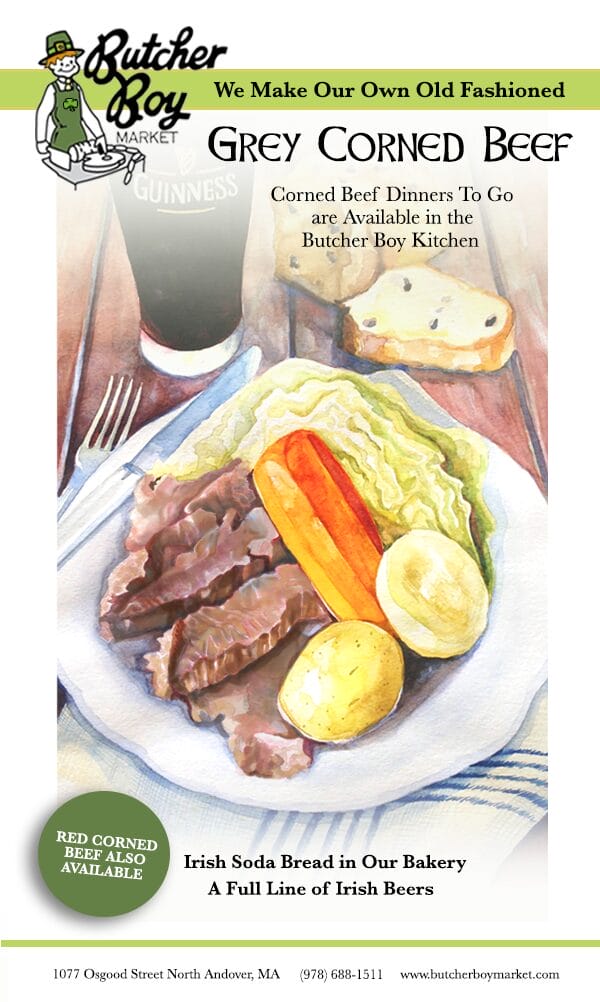 But did you know corned beef and cabbage, although close, is not really a traditional Irish dish? It’s all a matter of economics. The traditional dish in Ireland has historically been cabbage and bacon, but Irish immigrants to the U.S. found beef to be a less expensive option at the time, so corned beef and cabbage was created here – traditional but with an American twist.
But did you know corned beef and cabbage, although close, is not really a traditional Irish dish? It’s all a matter of economics. The traditional dish in Ireland has historically been cabbage and bacon, but Irish immigrants to the U.S. found beef to be a less expensive option at the time, so corned beef and cabbage was created here – traditional but with an American twist.
So, exactly what is corned beef? Simply put, it’s beef brisket that has been cured in a salt solution, a process that helps preserve and tenderize the meat while lending extra flavor through the addition of spices, garlic, and herbs (think pickling spices). More commonly, corned beef is pink because of the use of pink curing salt to preserve it. Corned beef is also a popular deli meat, most known for its deliciousness in the iconic Reuben sandwich.
What you may not know is that there is an equally delicious version from the Boston area using just salt, grey corned beef, named for its characteristic darker color. We are proud to be one of the very few butcher shops that offer this distinctive regional take on traditional corned beef.
And while we’re on the subject of St. Patrick’s Day cuisine, let’s not forget other iconic Irish treats to round out your St. Pat’s Day celebration such as delicious Irish soda bread with raisins or currants. For a delicious version, check out Grandma O’Connor’s Irish Soda Bread, a treasured soda bread recipe, shared with some fascinating family history by one of our amazing customers.
Why limit the deliciousness of corned beef to one day a year or do the same ol’ with your leftovers? There are many delectable recipes out there that take corned beef to a whole new level. For starters, try out Corned Beef Reuben Soup or a Rustic Corned Beef and Potato Bake. And there’s nothing like homemade Corned Beef Hash served with a delicious runny egg on top.
Wishing you all the luck o’ the Irish this St. Patrick’s Day!

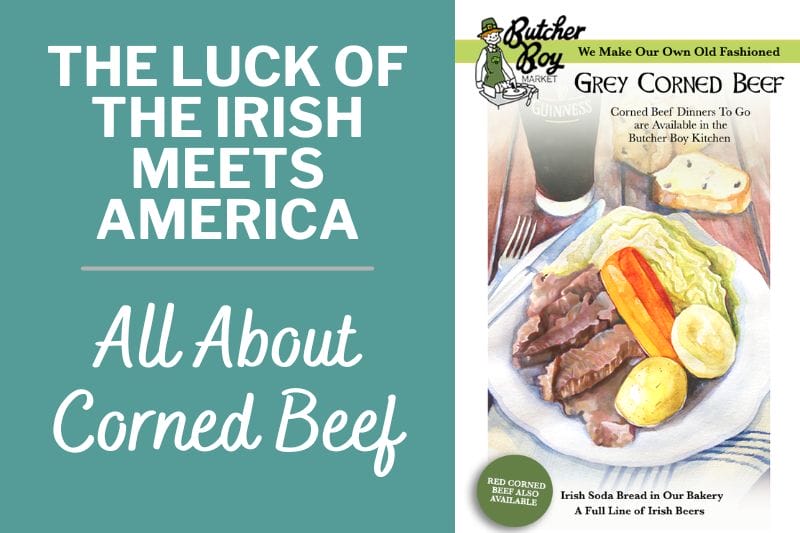
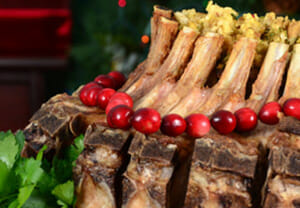

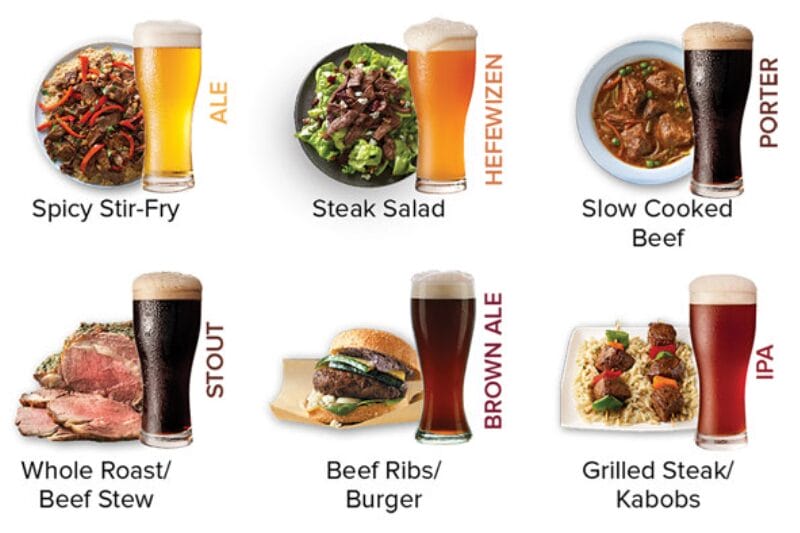
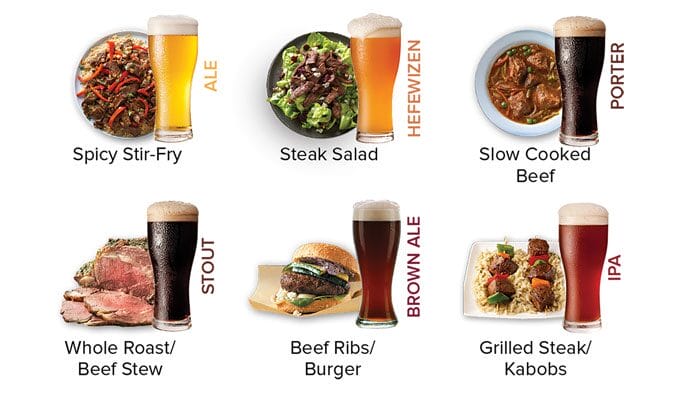

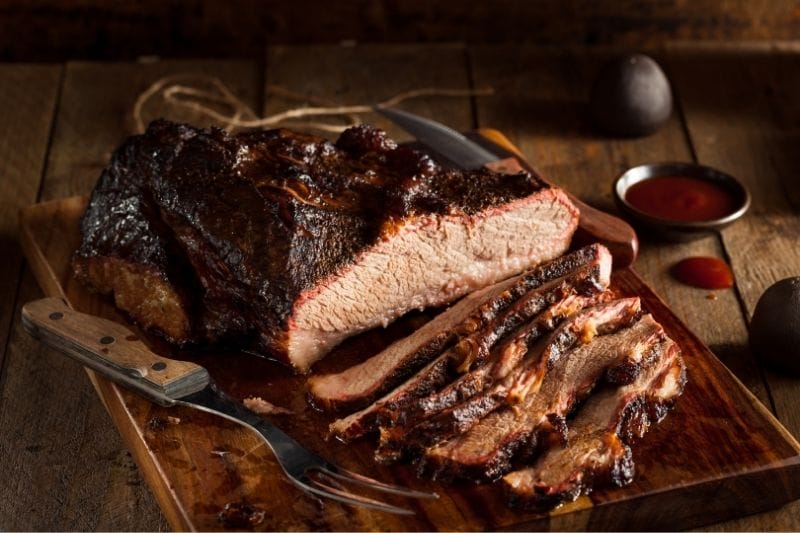
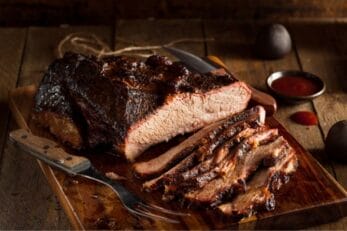 A good beef brisket is tender, flavorful, and one of the heartiest ways to satisfy a hungry crowd. The key to success with this cut of beef is to cook it low and slow. The most common methods for preparing brisket are suitable to adapt for just about any recipe featuring this delicious cut.
A good beef brisket is tender, flavorful, and one of the heartiest ways to satisfy a hungry crowd. The key to success with this cut of beef is to cook it low and slow. The most common methods for preparing brisket are suitable to adapt for just about any recipe featuring this delicious cut.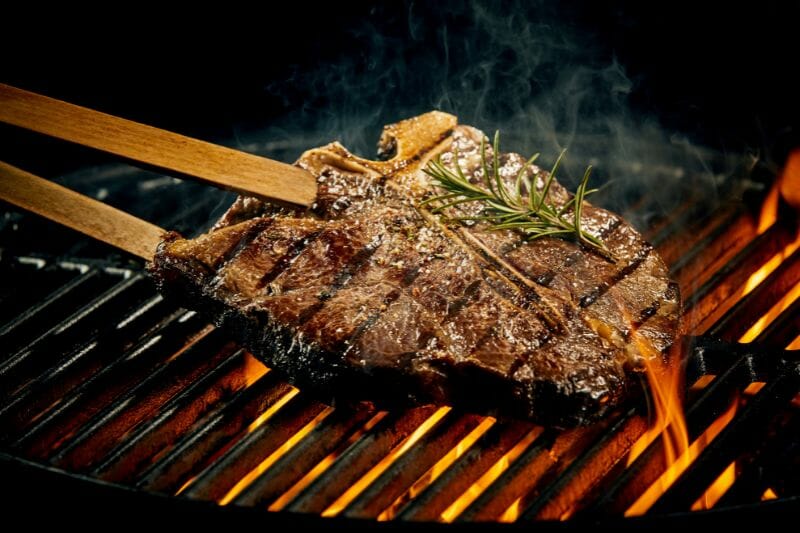
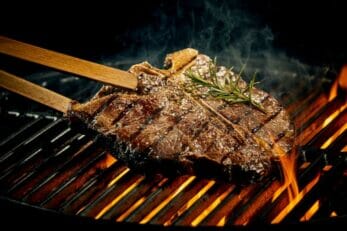 For a lot of people, there’s nothing like outdoor cooking. From the beckoning aroma of food sizzling on the grill to the casual vibe of gathering with friends and family, moving meal prep from the confines of the kitchen just seems to make everything taste better. That’s true, whether you’re using
For a lot of people, there’s nothing like outdoor cooking. From the beckoning aroma of food sizzling on the grill to the casual vibe of gathering with friends and family, moving meal prep from the confines of the kitchen just seems to make everything taste better. That’s true, whether you’re using 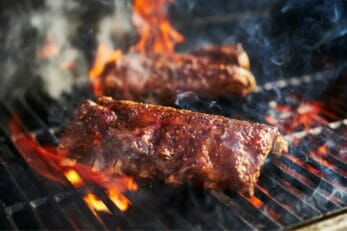 Hamburgers and hot dogs are standard summer cookout fare, but you could kick things up a notch with some variety in your grilling menu. Check out our
Hamburgers and hot dogs are standard summer cookout fare, but you could kick things up a notch with some variety in your grilling menu. Check out our 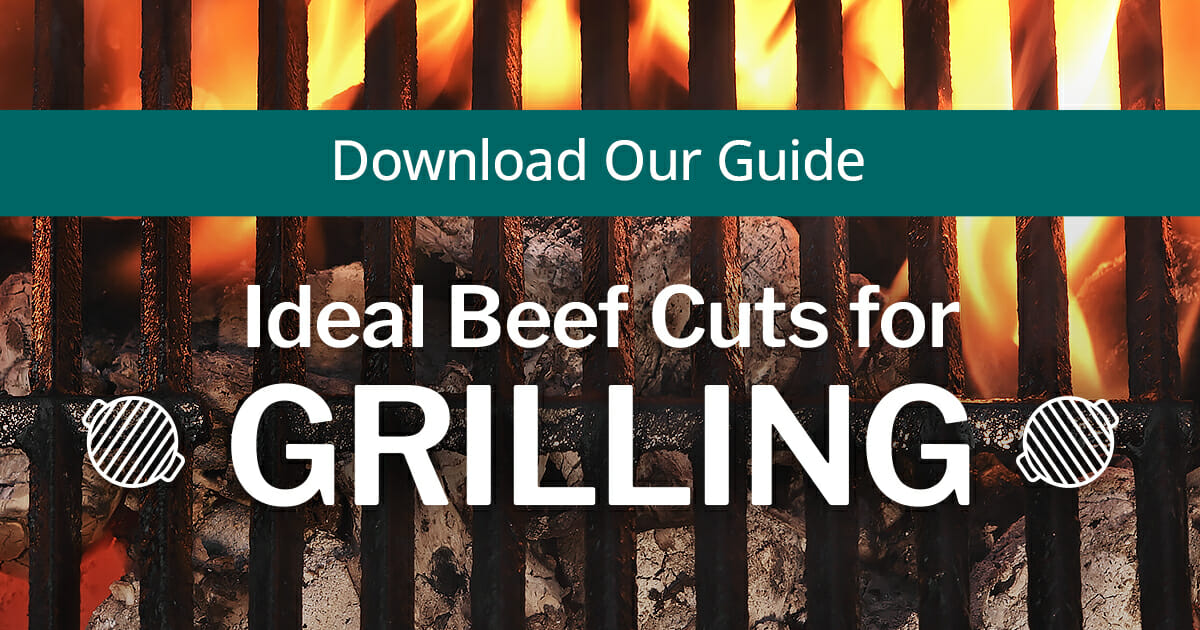
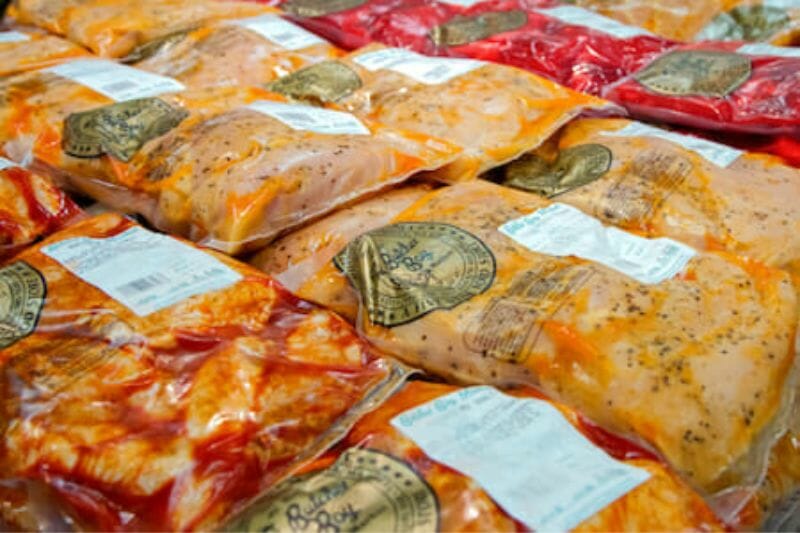

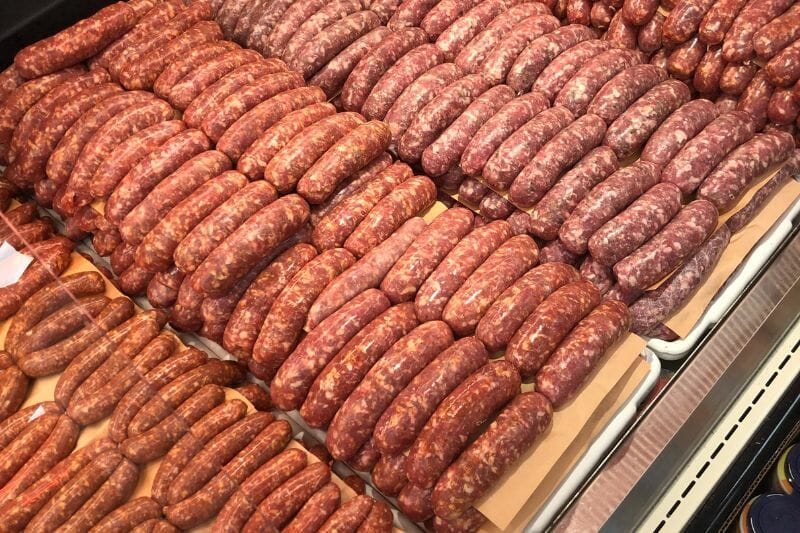
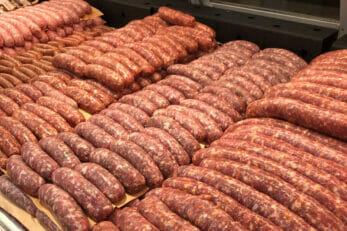
 What are your favorite ways to eat sausage?
What are your favorite ways to eat sausage? 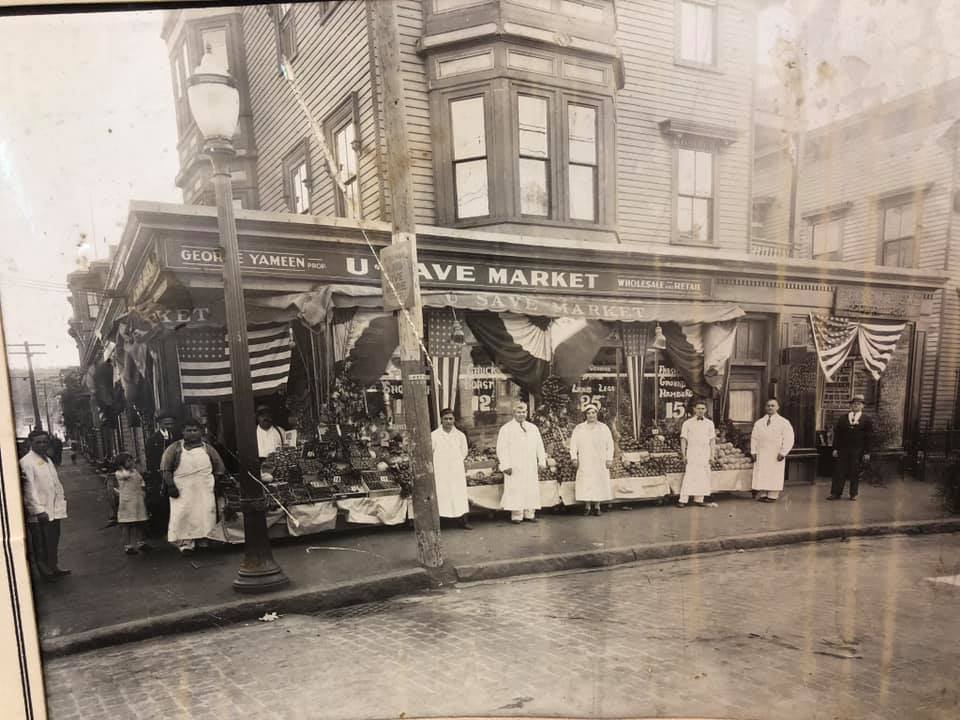
 From humble beginnings as the U Save Market at Broadway & Haverhill St. in Lawrence, our family business has been proud to grow with the Merrimack Valley communities where we live, work, and play.
From humble beginnings as the U Save Market at Broadway & Haverhill St. in Lawrence, our family business has been proud to grow with the Merrimack Valley communities where we live, work, and play. 
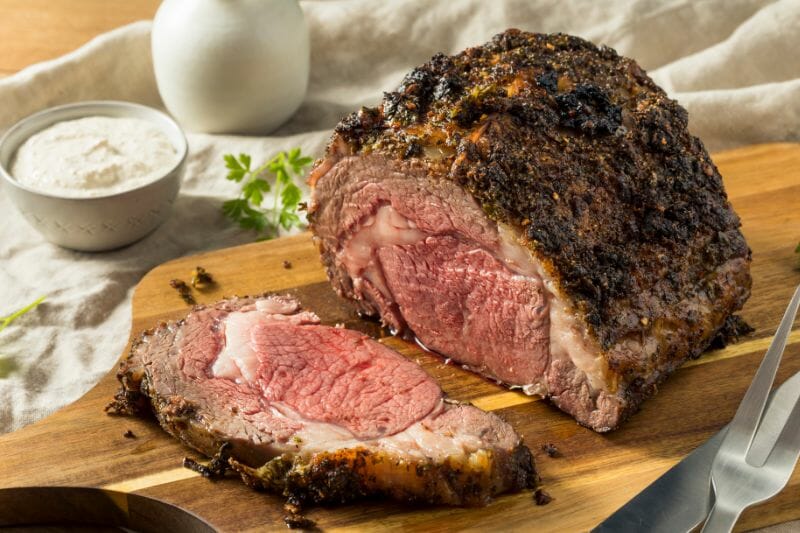
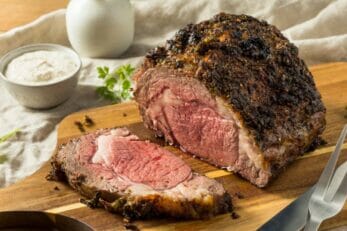 If you’ve ever cooked a roast, you might have followed our
If you’ve ever cooked a roast, you might have followed our